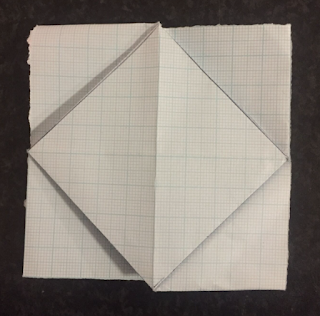OUGD405
Study Task 01 – Wayfinding Research
For this
task we were split into groups to make a film. The film had to show how members
of the public move through and interact with public space.
Our film:
https://www.youtube.com/watch?v=OVqAsg-BkX8
Within our
video we have 3 obstacles which the public had to negotiate. The aim of our
video was to create a diversion, create a new connection and make someone stop
or pause. We have achieved this using different materials including spray paint
(spray snow which washed away), a door matt and a wet floor sign. We decided to
use a floor mat with the intention of making people pause in order to wipe
their feet or stop to investigate the different texture on the floor. This wasn’t
very successful as only two people actually stopped to wipe their feet. This may
have been because the matt was not big enough or it seemed out of place. We decided
to use a wet floor sign in the middle of the street because they are usually
only seen indoors and we thought it would cause confusion. The fact that the
sign was in the middle of the street and free standing meant that people had no
choice but to walk around it. This caused a diversion. The film shows a little
girl stop at the sign which causes the adult she was with to also stop. The bright
colour of the sign might have caused the child to stop and investigate it, or
it may have been because the sign was at the little girl’s eye level. Finally, our
last diversion involved using fake snow as spray paint to draw arrows on the
floor with the intention of directing the public in specific directions. This worked
quite well as most people stayed on the correct side of the path.
Feedback:
We presented
our film to the class and this is the feedback we received.
· The diversion was created by
physical objects; the ideas were not abstract.
· The wet floored sign worked well because
it is bright and attracts people’s attention, especially children. It’s also
attracts children’s attention because it is at their eye level. Experimenting with
placing abstract images in people’s eye line would be an interesting idea for
the brief.
· Try using shapes to communicate ideas.
For example, triangle means warning.
Our film produced
some interesting ideas, however it was lacking in research. If we applied theory,
we would have produced a stronger end product. In the future I will consider
the writings of Adrian Frutiger and other designers in the field of
wayfinding.














